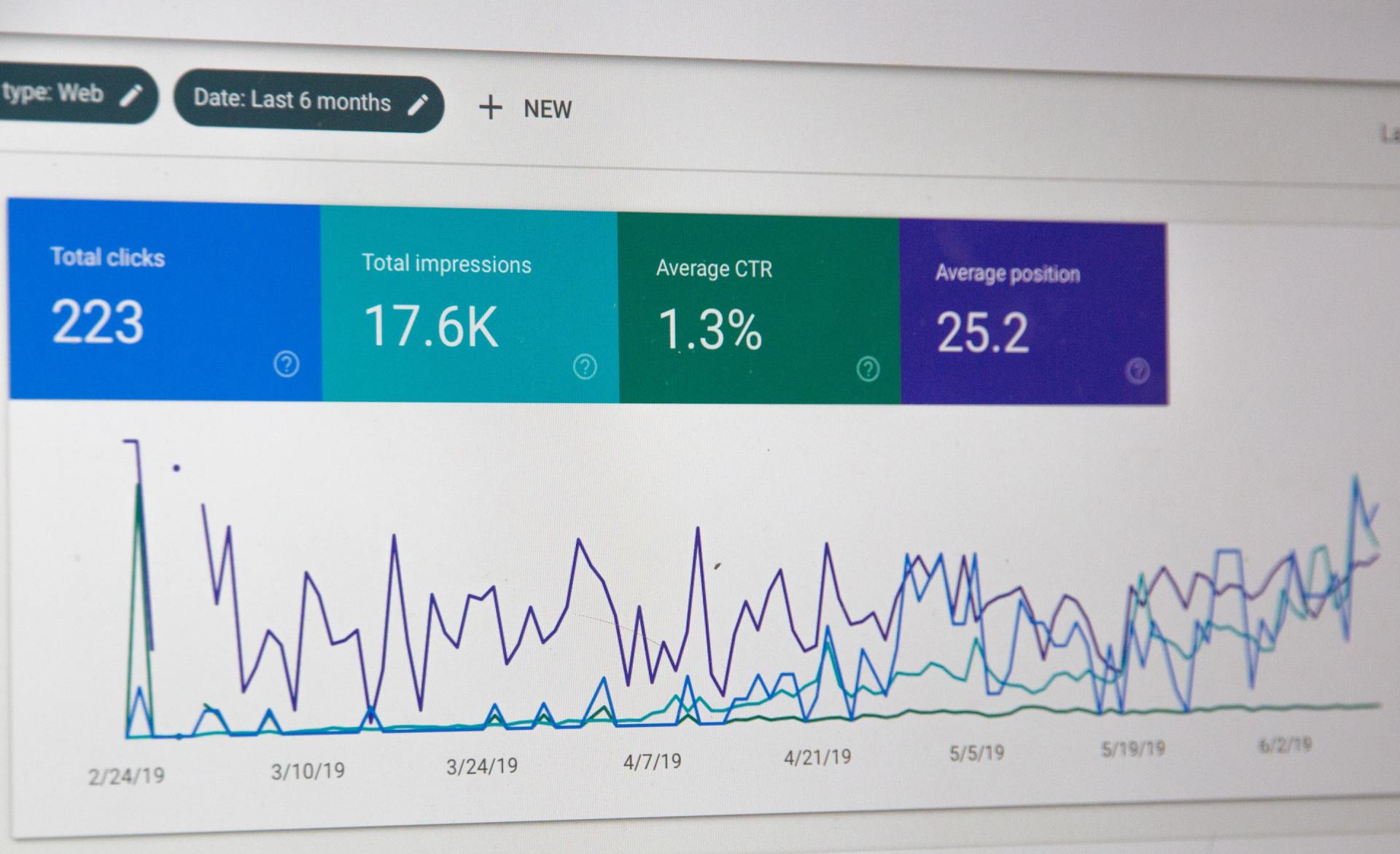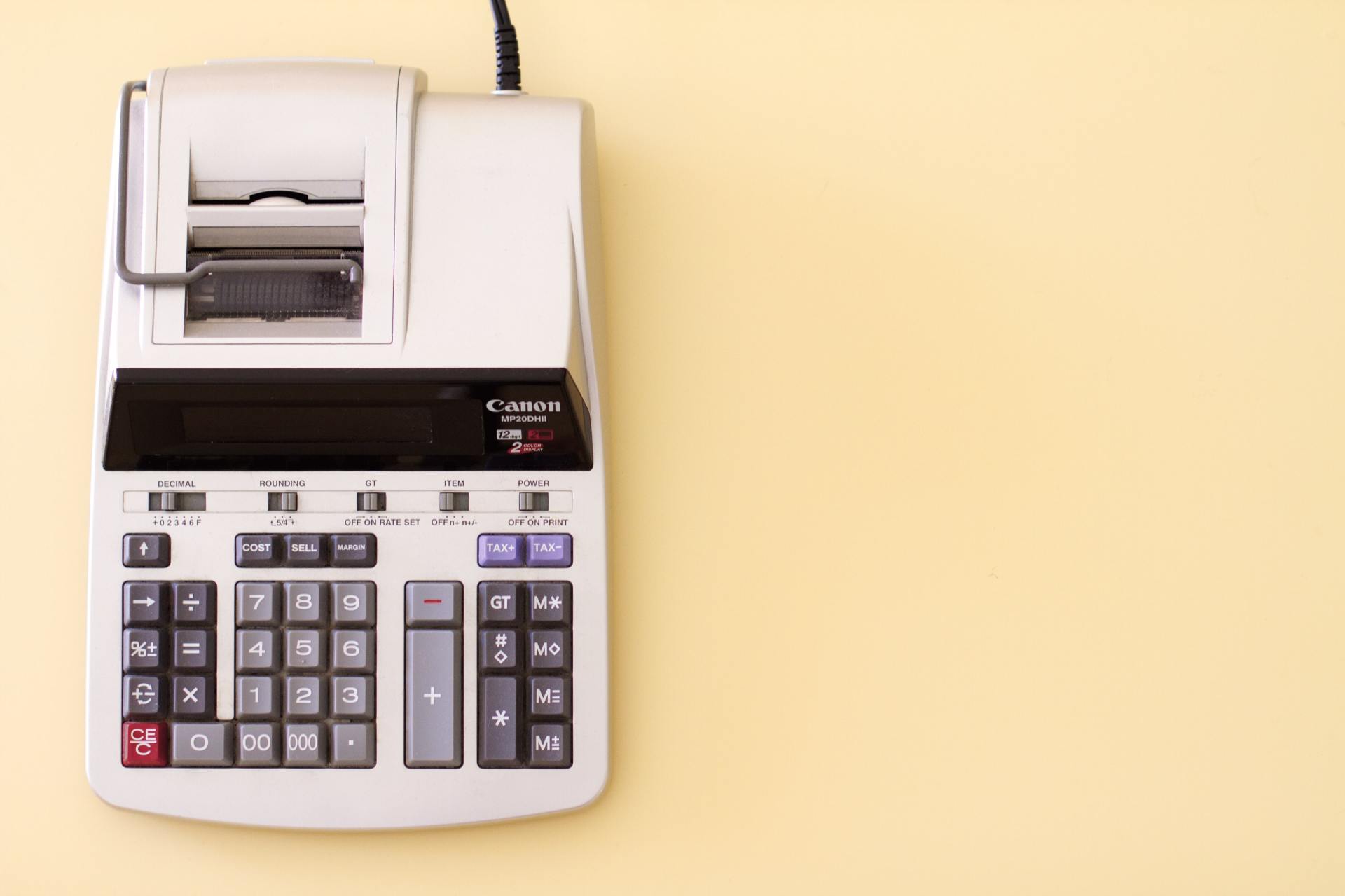E-commerce Shipping Made Simple: Save Time and Money
What is e-commerce shipping?

E-commerce shipping shouldn’t sink your business, especially when you are just starting. Understanding the complexities of eCommerce shipping can seem daunting. Still, if you have a great product about to hit the market, you need a comprehensive analysis and plan that looks at every aspect of your business.
Put yourself in your customer's shoes and think of the last time you put items in your shopping cart but did not complete the order. There could be several reasons you abandoned your order, but a recent study showed that the most common cause for shopping cart abandonment is high shipping and handling fees.
Fortunately, this doesn’t have to be the case for you, especially if you can build a clear, cost-effective shipping strategy that keeps your customers happy—and your margins healthy.
We know how difficult it is to navigate the choppy shipping waters, so we’ve created this beginner’s guide to eCommerce shipping. Inside, we will cover all the basics from the definition of eCommerce shipping to tips on how to find the right shipping strategy for your business.
Why is e-commerce shipping important?
Let’s start from the very beginning. E-commerce shipping covers all the services required to move products bought online from a retailer to the customer at their delivery location.
We can divide the shipping process into three stages:
- Receive the order online and ensure that there is enough stock to fulfill the order.
- Process the order, including verifying the accuracy of the order information.
- Fulfill the order, which means generation of the picking list, packing, and shipping.
Amazon was one of the first companies to popularize this type of shipping.
Why is it important?
Shipping is more than logistics; it’s part of your brand. Imagine carefully packing your products, but because of package mishandling, they arrive late, damaged, or with extra fees. Of course, your customer will blame you and give you a bad rating. To avoid this scenario, you need to carefully pick a shipping service.
Remember, you are entrusting your shipping partner with maintaining the quality of service your brand offers. So it is quite obvious that you need to be in business with a reliable, fast, and affordable shipping company.
It can seem quite impossible to guarantee that your product arrives to the client in one piece. After all the hard work you’ve done, a simple shipping accident will leave a very sour taste in your customer’s mouth. That is why it is essential for you to have a plan and shipping strategy in place to help minimize the prospects of this happening. We discuss these factors below.
Reclaim Your Time: Faster Shipping Workflows
Steps to Planning your E-commerce Shipping Procedures
The steps below will help you plan and fulfill your orders.
Step 1: Create your shipping objectives
Before you get into the details, work backwards by figuring out the results that you want your shipping procedure to produce. Some objectives that you could set include:
Increasing your conversion rate
If you’re not familiar with the
website conversion rates, allow us to break it down for you. Basically, in e-commerce the website visitors that you get on a daily or monthly basis can be likened to the number of people that walk into a shop.
Some are just window shopping, others will end up buying something. With
online businesses, there are several ways to turn these site visitors into actual paying customers. Every action you take off and online is supposed to be geared toward improving the conversion rate, including your shipping. One great way of boosting this rate is to
offer free shipping to your customers.
Reducing your shipping costs
E-commerce shipping can be expensive if you don't minimize your shipping costs. To do this, you will need to assess every aspect of the process and look at the different factors that will affect the cost. There are several things that you can do to reduce your shipping expenses and we cover them a bit later on in the article.
Expanding your market
It's all about the customer and the more you have, the more successful your business will be. Your shipping targets could focus on widening your market and target audience. Certain things like offering same-day local delivery can give you a competitive advantage over other companies in your industry.
Step 2: Come up with a shipping strategy to meet your objectives
Your shipping strategy should support your business objectives while keeping things simple and scalable. That said, there are are certain foundational basics that every
e-commerce business has to get right.
The following factors play a major role in implementing a workable and successful shipping procedure.
Determine your shipping fees and methods
There are several options when it comes to how much you are going to charge for shipping. Are your clients going to pay the full price for shipping? Will you offer discounts, a flat-rate or will you absorb all the shipping costs? What method will you use to deliver your product to your local and international customers?
Know your product weight
This is a very important aspect of shipping because of the way the system is set up. To make the process easier for you, ensure that you measure and keep an accurate track of how much each product you sell weighs. Having this information available is extremely handy because it will help you set your prices accordingly.
Choose and source your packaging
Think of your packaging as your online curb appeal. Depending on which market you operate in, packaging can make or break your business. Some can get away with the standard options available from carriers such as UPS, USPS or DHL, others not so much. If you’re going to be selling fragile or bulky products, you’ll need to consider those factors.
All these key decisions must be made before you begin your shipping process. Remember, though, that nothing is set in stone and you can always come back and tweak things as your business grows. Let’s analyze these factors in detail.
Set your shipping rates and methods
Knowing the total cost of your product is essential in planning how much to charge your customers. This also directly affects whether you’ll be in the black at the end of the financial year.
There are several shipping methods you can employ to suit your business needs and objectives.
Offer free shipping
Who doesn’t love free shipping? You can capitalize on this euphoria-inducing shipping method quite easily. As long as it makes business sense to do so. It might be free to the customer, but the cost has to be covered in some way. You have the following options:
1. Incorporate the total shipping costs in your product price. This way you pass on the costs to the client without them knowing.
2. You pay all the shipping costs out of your profit margins.
3. Incorporate part of the shipping costs in your product price so that you share the fees with your customers.
4. Have discount codes for certain customer segments.
5. Offer free shipping with certain conditions such as
a. Free shipping on a minimum order amount, will cover part of the shipping costs while increasing your average order value.
b. Free shipping on certain products only will boost sales.
c. Free shipping for certain locations can increase sales in a new market.
d. Free shipping for a limited time can effectively increase sales and minimize pickup costs within that period.
e. Free shipping for loyal or frequent customers will enhance customer engagement.
Consider charging real-time carrier rates
A very popular method is to charge the fees that you are actually paying at your shipping carriers like DHL or USPS. This is an effective strategy to use because you can easily explain to your customer your shipping costs. It also makes you look good because it reflects a level of honesty.
The amount you charge with real-time carrier rates depends on the type of product you are selling and the distance from the warehouse to the delivery address. You should remember that this type of pricing will not cover certain fees like packaging and fulfillment so you might need to factor that in.
Charge flat rate shipping
This method is perfect if your products weigh the same and are roughly the same size. Be mindful of the balancing act that you have to do. Try to avoid under or overcharging your customers. For example, flat rate shipping won’t work if you have small orders that are easy to overcharge or if you have a wide range of different products.
Offer local delivery
Local delivery is a great way to maximize your reach in your local environment. It is a simple and reliable way to reach people within your radius. This will help reduce your shipping costs for local orders.
Maximize Profits by Minimizing Shipping Costs
Calculating shipping costs
One of the hardest parts of figuring out your shipping strategy is to calculate your total shipping costs. Without the proper research, you could end up making a loss through your shipping procedure.
Consider every additional charge because they do add up. Take time to carefully map up all the associated costs that are involved in getting your product to your customer.
You need to know how much the total cost of the order will be for your customers. Every shipping couriers calculate their shipping costs using the following factors:
- Size of the package.
- Weight of the package.
- Origin address of the package.
- The destination address of the package.
- Other additional costs, such as insurance and tracking.
It’s hard to have a one-size-fits-all method because every business is different. Here are some shipping calculators from the biggest shipping couriers in the world so you can compare the pricing and see your options.
Think about your profit margins
You always need to keep a close eye on your profit margins. Shipping can take a huge chunk off your profit margins if you’re not careful. It is quite a significant expense in the eCommerce business.
If your shipping strategy leaves you struggling to make ends meet at the end of the month, then it’s time to reevaluate your shipping processes. Ensure that you include your profit margin when you calculate your total shipping costs.
New pre-negotiated shipping rates
The splendid news for you is that all businesses in North America can access pre-negotiated rates with all the major shipping carriers. Without these rates you would have to have to create separate accounts with each of the top carriers- USPS, UPS, DHL Express, and Canada Post and try to negotiate your own discounted rates.
With this method, you would have to lean on your order and shipping volume to lower your rates. These pre-negotiated rates got rid of all that and now you can easily account for how much your shipping will cost.
Smart Packaging Choices: Reducing Costs and Ensuring Safe Delivery
Packaging options
The next thing to consider before you ship your products is to ensure that your product is packaged safely and arrives in excellent condition. There are a few options that you have at your disposal when it comes to packaging.
You can pack your products in boxes, envelopes, or other packaging materials to safely transport your products. You can get these materials from large suppliers like ValueMailers, Fast-Pack, and eSupplyStore. The common carriers also offer free packaging in different types and sizes.
Keep it light and small
As we have mentioned before, shipping carriers calculate the cost by factoring in the size and weight of your product. So ensure that you keep your packaging light and small, this will help you save on your costs and help you retain your profit margin.
Depending on what you are selling, consider the options that are available to you. There are a variety of package sizes and materials that you can get to pack your products.
Most people would consider the packaging for the product above to be excessive. This is exactly what you’re trying to avoid as it inflates shipping costs dramatically.
Packaging and marketing
Online shopping is on the rise and so is the need to package and market your brand properly. Nowadays, delivering the package safely is not enough. Many companies are going all out when they deliver their products and it is something that you should consider as well.
As the world of online shopping develops, customer expectations are also becoming more sophisticated. Several years ago packaging was a fairly simple process with no bells and whistles. More and more packaging is becoming a presentation and an experience for the customer.
Some of the most successful brands today invest a lot in packaging and marketing. There are thousands of videos online showing satisfied customers unboxing their packages from big and small companies.
Packaging can be a great marketing tool. Branded packaging is unique but it can be pricier than standard packaging. Branded packaging has many benefits however, it’s a way to deliver your brand message to your customer base.
Always take into consideration how to give your customer a better experience through your packaging. Think of it as an extension of your brand. It will promote your brand and help you get rid of deadstock, which is one of the major inventory issues that companies face.
If you are just starting out, then standard packaging may be the best option for you because it's cheaper and there is no effort on your part. But that doesn’t mean that you should totally settle for bland packaging. There are several things you can do to make your delivery special. You can incorporate certain things like thank-you cards, free samples, a loyalty or discount program for the next purchase. Never underestimate the power of surprises or freebies.
Insurance and tracking
Your package arriving in one piece is never guaranteed, regardless of how careful the carrier might be. Accidents happen.
Depending on what product you are selling and its value, shipping insurance, and tracking can be a great backup plan. Almost all carriers offer insurance and tracking as an additional expense. This is a great option to have if your package gets damaged and lost along the way.
Some carriers even offer the option of complimentary coverage up to $200. If you ship fragile or valuable products, this option is non-negotiable. Remember to check if your shipping service offers insurance and tracking in their shipping costs.
Customs declaration and forms
Shipping outside of your country has certain requirements that you need to meet. You’ll need to ensure that your package can pass through customs without issues. Delays at the customs office can negatively impact your brand. Make sure that your customers do not get any nasty surprises during the customs process.
Do your research to see what your local postal service requires, find out which forms you’ll need to accompany your package. Ensure that the information you put is accurate to prevent your package from being held up at the customs office.
Tariffs, taxes and duties
Pay attention to the tariffs, taxes, and duties because they are different for each country and for each product. You need to factor in these charges besides the other shipping costs. Keep in mind that there might be additional costs that your customer will be responsible for when they go to collect the package. Include this information so that your customer might be aware of them.
Customs declaration information
Each country will have different forms and policies but the most common documents that you will have to fill include:
A commercial invoice, which is a legal document that describes the type and value of the product you are sending. This invoice is used to calculate duties and taxes.
An export declaration form that you need to surrender at the port of export. It contains information on the nature and value of the product.
Certificate of origin verifies the origin of the product.
To get more information, take a look at the following resources:
USPS Customs Information
UPS
Canada Post Customs Information
UK Royal Mail Customs Information
Business accounts
After you have decided on which carrier to use, consider opening a business account with your carrier. This has many benefits including better order management, better expense management, a vast array of online tools, discounts, and many others. Each of the major carriers has different accounts that you can view and select the best option for your business.
Here are some business accounts programs you can look at:
USPS Business Gateway
FedEx Business Center
UK Royal Mail Online Business Account
Australia Post Business Credit Account
Simplify Your Shipping Process with Efficient Label Generation
Labeling your packages
Once you have taken into account how you will handle your shipping procedures, methods, and costs, you’ll need to determine how to label your packages. There are different ways to label your packages, but there must be standard information that each label must contain. This includes the ship-to and return address.
When you are starting off, this process is usually handwritten and time-consuming. As your business grows, there are several online tools that you need to employ to make the process more efficient.
Using a fulfillment warehouse
The last step to consolidate your shipping process is to understand the fulfillment strategies at your disposal. This allows you to reduce unnecessary expenses and keep you from unnecessary delays in your shipping procedures. The options you have include:
- 3PL(Third Party Logistics); are third-party eCommerce partners you outsource to handle your logistics and store your inventory. They are not manufacturers of your products, nor do they own them.
- Self-fulfillment; allows you to store, manage, and deliver your products to your customers. Most small businesses begin their shipping process this way and eventually graduate to other forms of fulfillment methods.
- Dropshipping is great to use if you have no intention of storing inventory. You can enter into an agreement with your manufacturers or distributors that allows you to satisfy the customer’s order directly from them. So you only pay for products that are actually ordered by the customer.
There are several advantages to using a fulfillment warehouse and these include:
- Discounts or cheaper shipping rates; because of the large quantities they handle, fulfillment warehouses can offer you lower rates.
- Easy access to a wide range of shipping options; most major fulfillment warehouses are integrated with the most common shipping logistic companies.
- Faster delivery times; especially if you choose a partner that is close to the bulk of your customer base.
Fulfillment warehouses will assist you in automating your process. The warehouse stores your inventory for you and, depending on the technology your chosen partner uses, they can seamlessly integrate your order process.
Once a customer orders, your fulfillment warehouse partner will automatically forward the order to the list of outgoing orders, pack and ship the product on your behalf.
Using a fulfillment warehouse is not for everyone, though. There are some businesses that will receive no benefit from this type of shipping method. If the following situations describe your business, then you might need to look at other options, such as self-fulfillment.
Conclusion
Branding and packaging presentation
If branding and packaging presentation is a core aspect of your business, then outsourcing your fulfillment to a warehouse partner might not be the best fit. As we have mentioned before, fulfillment partners usually receive and process bulk orders from multiple companies. You’ll have a hard time finding a partner that will take the time to customize and deliver your package in the way you want.
Costs
If you’re a small business or a start-up, every dollar you save makes a tremendous difference. There is usually very little money to spare, so you need to watch and minimize any additional costs.
There are surcharge costs you need to be aware of if you use a fulfillment warehouse. These include ‘pick and pack fees’ and storage fees. These all add up even with the shipping discounts you will receive by working with a fulfillment warehouse. You need to ensure that it makes sense, especially if your order volume is still relatively small.
So what’s next?
E-commerce shipping can be complex but once you understand the basics, the rest is easier to manage. Remember to start small, set clear goals, and choose tools that match your business and your budget. We hope this guide was able to open your eyes to the complexities and the intricate details that you have to get right.
















